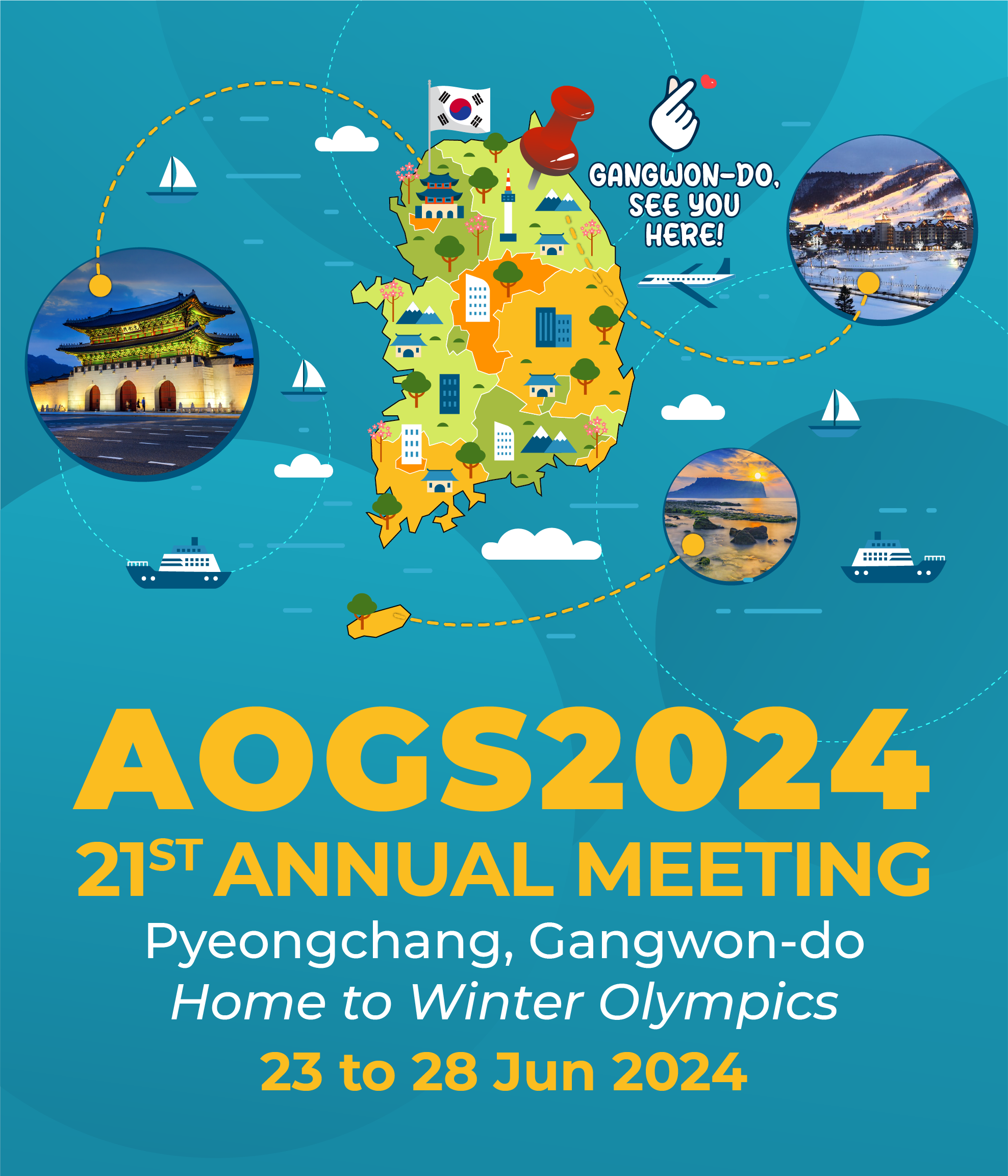
ST Distinguished Lecture | 26 Jun (Wed) 11:00 AM - 12:30 PM | Pyeongchang Hall II, Alpensia Convention Center

Jongchul CHAE
Professor in Astronomy Program
Department of Physics and Astronomy
Seoul National University
Professor Jongchul Chae has been a professor in Astronomy Program, Department of Physics and Astronomy, Seoul National University in Korea since 2003. He achieved his PhD in 1996 in astronomy from Seoul National University. He began his research experience by taking part in the SOHO project as a postdoctoral fellow in NASA/GSFC, USA. During the period from 1997 to 2001, he worked on both space-born data (SOHO, TRACE) and ground-based data in Big Bear Solar Observatory (BBSO). He taught students as a professor in Chungnam National University in Korea during the period from 2001 to 2003.
Professor Chae has been the leader of solar astronomy group in Seoul National University, and has supervised about 10 PhDs in solar physics there. He has participated in the Goode Solar Telescope (GST) project of BBSO as an international partner. He designed and constructed the Fast Imaging Solar Spectrograph (FISS) on the GST. He published more than 160 papers on solar magnetic activity in refereed journals that covered topics such as transition region dynamics, small-scale magnetic reconnection events, magnetic helicity, solar prominences and MHD waves. His current research interest has recently extended to the integrated field of solar and stellar magnetic activity with focus on the effect of the magnetic activity of a host star on the habitability of its planet.
Toward Understanding the Habitability of an Exoplanet Orbiting a Magnetically-active Star from Our Current Understanding of the Sun-Earth Connection in the Heliosphere
During the last decades, the number of discovered planets outside the solar system has been very rapidly increasing, and the understanding the habitability of these exoplanets has become an important research field. Currently, Earth is the only planet that is unambiguously known to be habitable and inhabited, and lots of effort are currently being made to search for other “Earth” s.
In this talk, I would like to emphasize that when the habitability of a planet is investigated, the magnetic activity of the host star and the magnetosphere of the planet have to be seriously taken into account. As an illustration, I note that both Earth and Mars are located in the traditional habitable zone, the region where water can exist in liquid state. As we know, waters and lives are abundant in Earth, but not in Mars. This difference is attributed to the magnetic activity of the Sun. The solar wind, a natural outcome of the solar magnetic activity, have peeled away the atmosphere of Mars for long time, resulting in a very thin atmosphere and a barren surface without runny water. In contrast, Earth has kept a thick atmosphere and a surface with liquid waters. The difference between the two planets is attributed to the shielding role of the magnetosphere of Earth, a product of dynamo in the outer core of liquid iron. Earth is more massive than Mars, so it could have kept heat enough to make the outer core in liquid whereas light Mars may have lost internal heat too much, being no longer able to maintain any liquid part in the interior. This kind of our current understanding can be extended to the investigation of the habitability of an exoplanet orbiting a magnetically-active star.
I would like to make several suggestions for future research in this interesting field. First, it is invaluable to investigate the fundamentals and diversity of the dynamo action in a celestial object. The dynamo action of the “young Sun” may have been different from the current Sun because the Sun may have rotated much faster in the past than now. The dynamo action of M dwarfs and binary stars may be also very different from that of the Sun. The dynamo action of a planet mostly depends on its internal heat that depends on mass, interior structure, time, and so on. Second, it is quite worthwhile to theoretically construct the models describing the magnetic interaction between a planet and its host star that is applicable to different situations that can be exist in the universe. This extensive modeling work would require the integration of all research fields of heliosphere: solar physics, solar wind physics, cosmic ray physics, magnetospheric physics, ionospheric physics, aeronomy, and so on. Finally, it is required to observe the magnetic activity of a host star as manifest in spots, winds, flares, prominence eruptions, coronal mass ejections, especially in the stars that are known to have planets.
